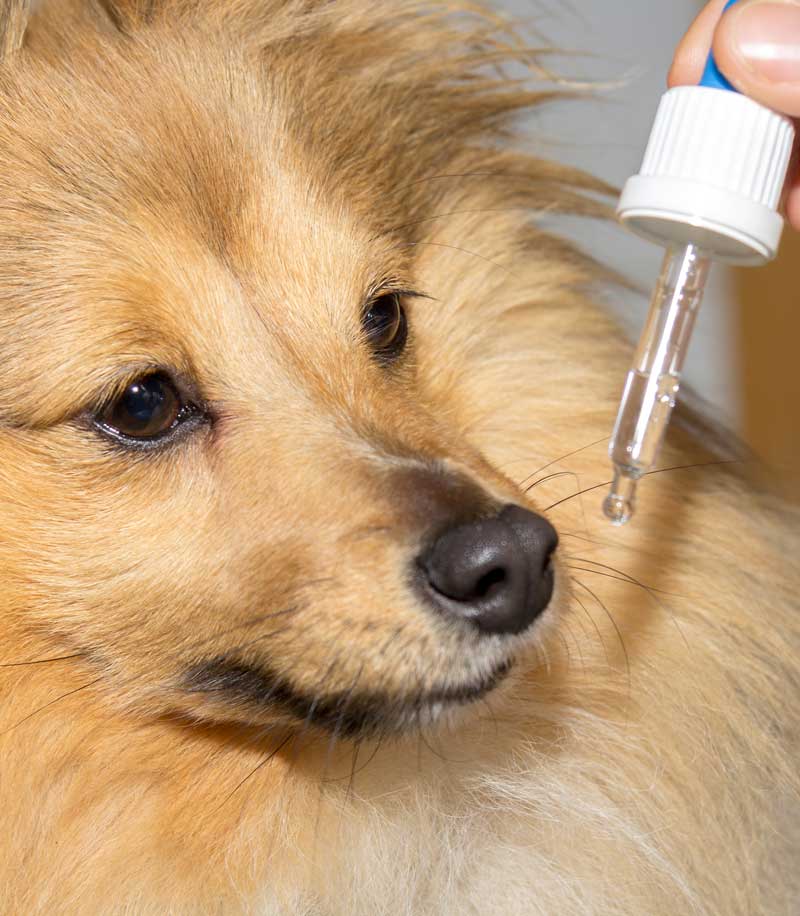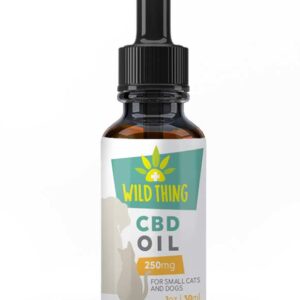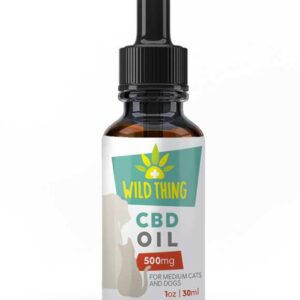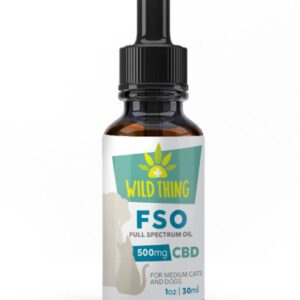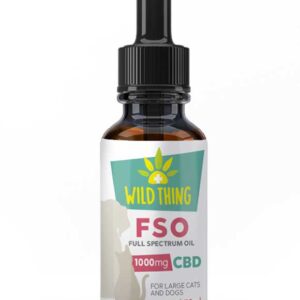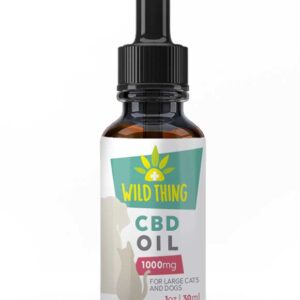Did you know that dogs can actually develop many of the same skin conditions as humans do. Blisters on your dogs skin are often temporary and curable, but sometimes they may also be a symptom of a more serious conditions.
As your dogs trusted owner, it is important that you recognize the signs and symptoms so you can help them get the proper treatment right away. The medical name is a long one, Vesiculopustular Dermatoses, that’s why it is more commonly referred to as just skin blisters. Could you imagine having to say that over and over again? What it refers to is any abnormality in a dogs skin that involves vesicles or blisters.
Allergic reactions are often the cause of skin blisters in dogs, but they can also be caused by a number of different complications such as autoimmune disease. Blisters on dogs skin are usually filled with a clear liquid that is made up of white blood cells or pus, cellular debris and dead tissue. Blisters may burst on a dog causing more problems such as inflammation, infection and turn into more painful and serious sores.
Ailment Guides:
Canine Skin Conditions
Causes Of Blisters?
A condition called Pyoderma is the most common cause of blisters on dogs skin. Pyoderma is quite simply an area on a dogs skin that becomes infected with bacteria. This leads to inflammation, blisters, redness and even hair loss. A weakened immune system is usually to blame for this skin condition, unable to defend itself from common bacteria.
Warm and moist areas can also cause more bacteria to form on the skin causing redness, irritation and blisters. Dog with lots of loose skin can also suffer from skin fold dermatitis, where the skin between the folds is affected. Owners of breeds like Bulldogs, Pugs and Shar Peis show regularly wash between the folds or wrinkles to help prevent a buildup of bacterial.
Treatments For Blisters:
An allergy test, blood test or biopsy may be requested by your veterinarian to help find what bacteria is causing the reaction.
For minor cases a veterinarian may prescribe topical or oral medication. In more severe cases, however, the blisters may need to be surgically removed or drained by a veterinarian.
To help your vet make the proper diagnosis, it’s important to give them a detailed medical history, a list of ingredients from their food as well as any medication they are currently taking.
Why CBD Can Be An Effective Treatment For Canine Blisters
CBD – or Cannabidiol – can help your dog avoid infections and assist in the prevention of blisters.
Cannabidiol (CBD) can be very beneficial for maintaining your dog’s immune system, cardiovascular system and overall vitality. CBD helps to lessen the effects of lethargy, gastrointestinal issues and reduces anxiety, aggression and stress-related disorders.
Think of CBD as a supplement that can reduce the severity and frequency of most – if not all – of your dog’s blister symptoms. It can be ingested, under the tongue, or applied topically to the affected areas. One of the most beneficial components of CBD is that it does not irritate the skin or cause any hallucinogenic effects. When introduced topically, CBD can soothe irritation, inflammation and reduce pain associated with blisters.
Cannabidiol is a phytocannabinoid that has been shown to have a prominent effect on numerous ailments – including epilepsy, arthritis and cancer. Remedies containing CBD achieve this by interacting with your pet’s endocannabinoid system. Almost all animals, like people, have an endocannabinoid system; this network of neurotransmitters is integral to physiological processes like memory, mood, pain, stress and appetite.
This complex biosystem is very prevalent in dogs in comparison to other species. Canines have a high concentration of CB1 & CB2 receptors in their brainstem. CB1 receptors affect the brain, lungs, vascular system and muscles, gastrointestinal function; whereas, CB2 receptors are linked to bones, skin spleen and glial cells. In combination, CB1-CB2 collaborate in influencing the overall immune system, liver, kidneys, bone marrow, pancreas and brainstem.
CBD can help your dog by producing anti-inflammatory, anti-anxiety, antipsychotic, antispasmodic and analgesic effects indirectly – that is, CBD interacts with your dog’s ECS (Endocannabinoid System) opposite to THC which directly binds to the Cannabinoid Receptors of the body. This does two things: makes the positive remedial properties more bioavailable to your dog; and lessens or negates the psychoactive effects, such as those associated with THC ingestion.
As you can see by the scope of ailments that are affected by CBD, it is clear how introducing CBD into your dog’s routine can benefit their skin health.
Ailment Guides:
Staph Infections In Dogs
Canine Parvovirus
Bronchitis In Dogs


